Research
- Home
- Research
ENVIRONMENTAL RESEARCH AND EXPLORATION
Our environment is a place where we live and share resources with other species. Environmental science enlightens us on how to conserve our environment in the face of increasing human population growth and anthropogenic activities that degrade natural resources and ecosystems. Environmental research is a tool that updates our knowledge about changing condition of environment. Therefore, some of the members of team NACONS are actively involved in research work which is primarily focused on exploration of new wildlife species and human-wildlife conflict management.
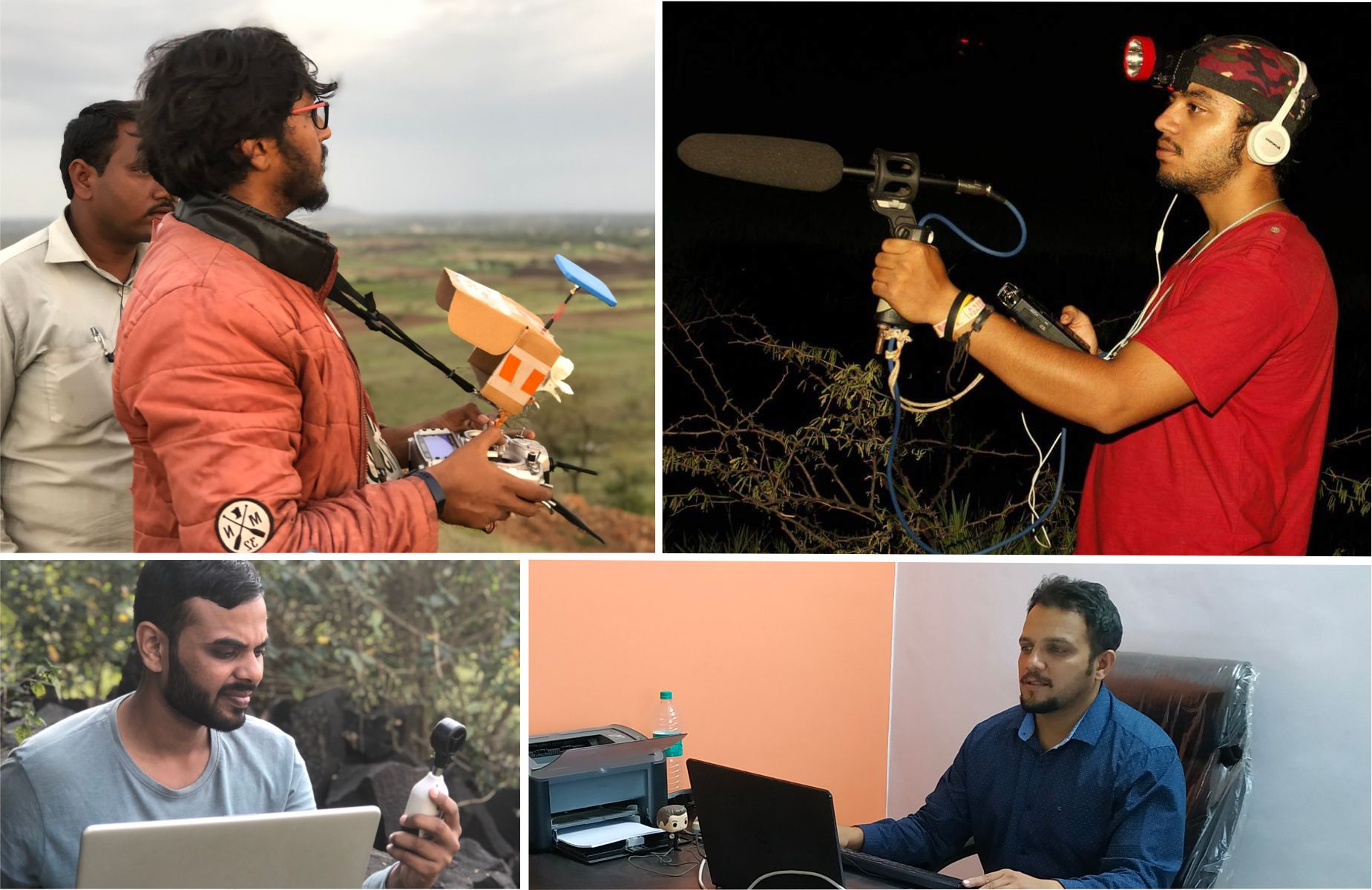
TECHNOLOGY
The role of modern technological innovations in conservation biology has changed drastically over the past few decades. Technology provides key tools not only to collect more and better data but also to improve the monitoring of wildlife, it’s habitats and threats; thereby assisting management decisions. We use trap cameras, GPS recorders, drone assisted cameras etc. for the same.
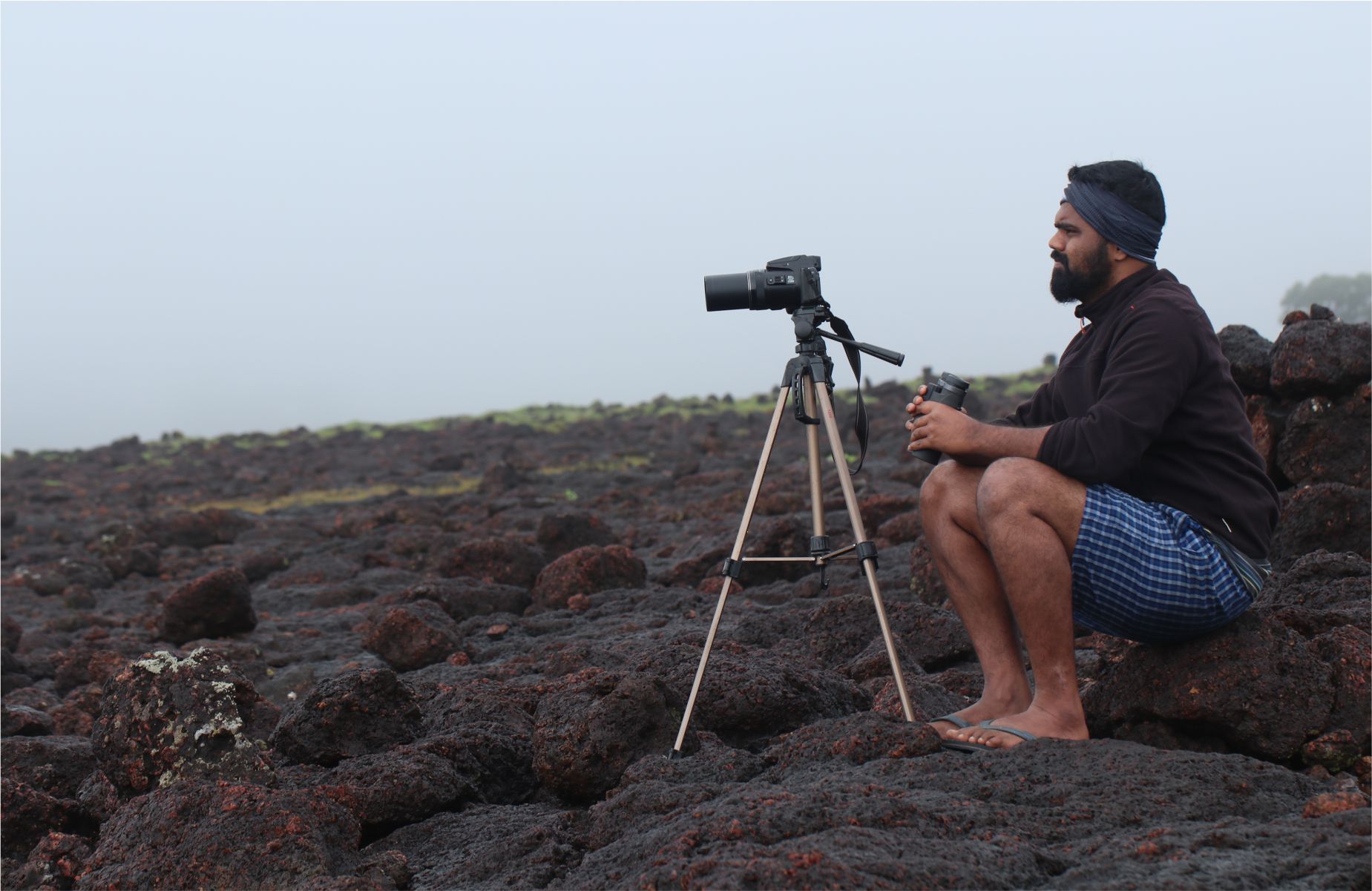
RESEARCH FIELD WORK
Our research fellows spend days or weeks on field, in order to collect the data of wildlife biodiversity in the selected habitat and possible discovery of new species from that area.

DISCOVERY OF NEW GECKO SPECIES
Some of our team members work on research projects, in collaboration with other research fellows and similar non-profit organizations. They recently discovered a new species of gecko from the Velikonda range, in the Eastern Ghats, Andhra Pradesh, India, known as Cnemapsis avasabinae. It is the smallest known Indian gecko and is the 12th species of genus Cnemapsis to be described from outside the Western Ghats and is the first endemic gecko species from the Velikonda region of the Eastern ghats.
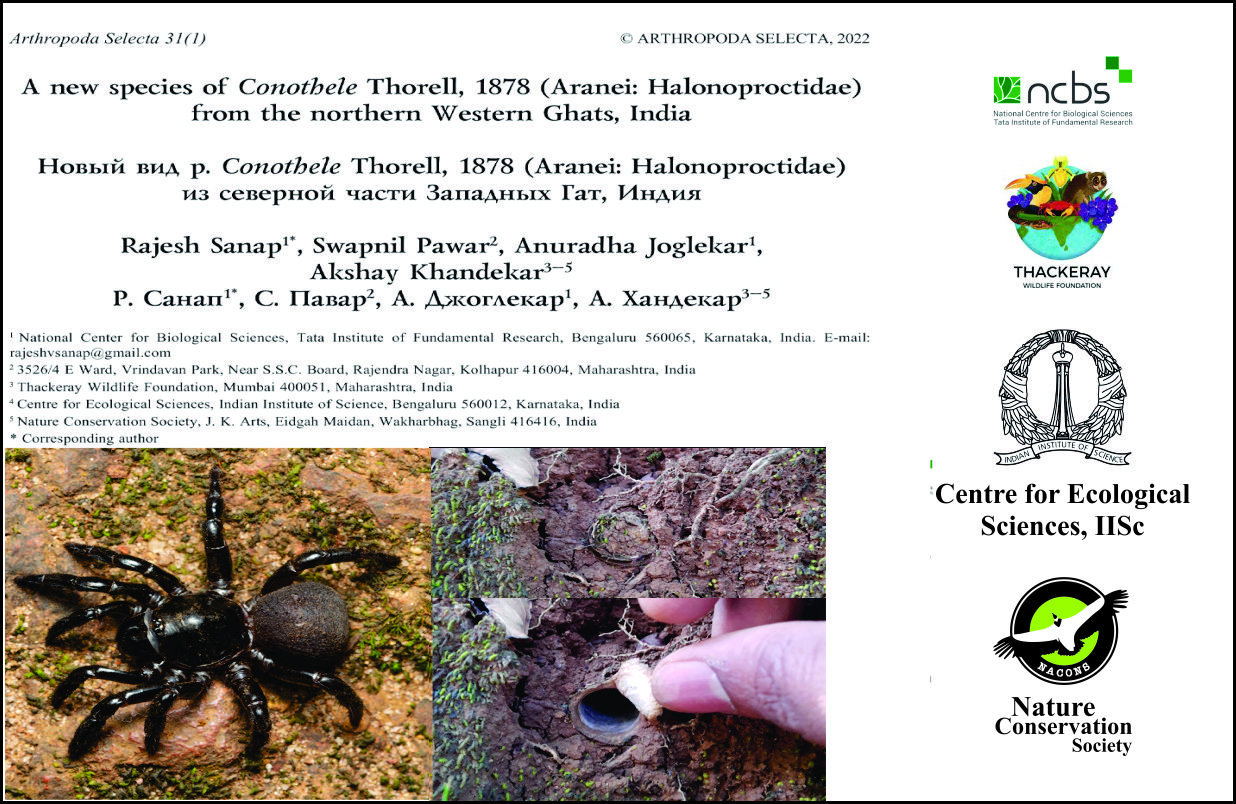
DISCOVERY OF NEW SPIDER SPECIES
A new species of Trapdoor spider (Conothele ogalei) from Amboli, northern Western Ghats of Maharashtra has been recently discovered by our team members Swapnil Pawar and Akshay Khandekar, along with other researchers. The type specimens were collected from the vicinity of hotel Whistling Wood in 2016 and then Mr. Rajesh Sanap led the taxonomical work. Conothele ogalei represents only the second record of the genus from the Western Ghats and also the first to be reported and described from the northern Western Ghats. The research team also provided the first description of a male for the genus from India. This unique spider has been named after Mr. Hemant Ogale, an eminent naturalist and a butterfly biologist, who has been tirelessly documenting the flora and fauna around Amboli for more than two decades now.
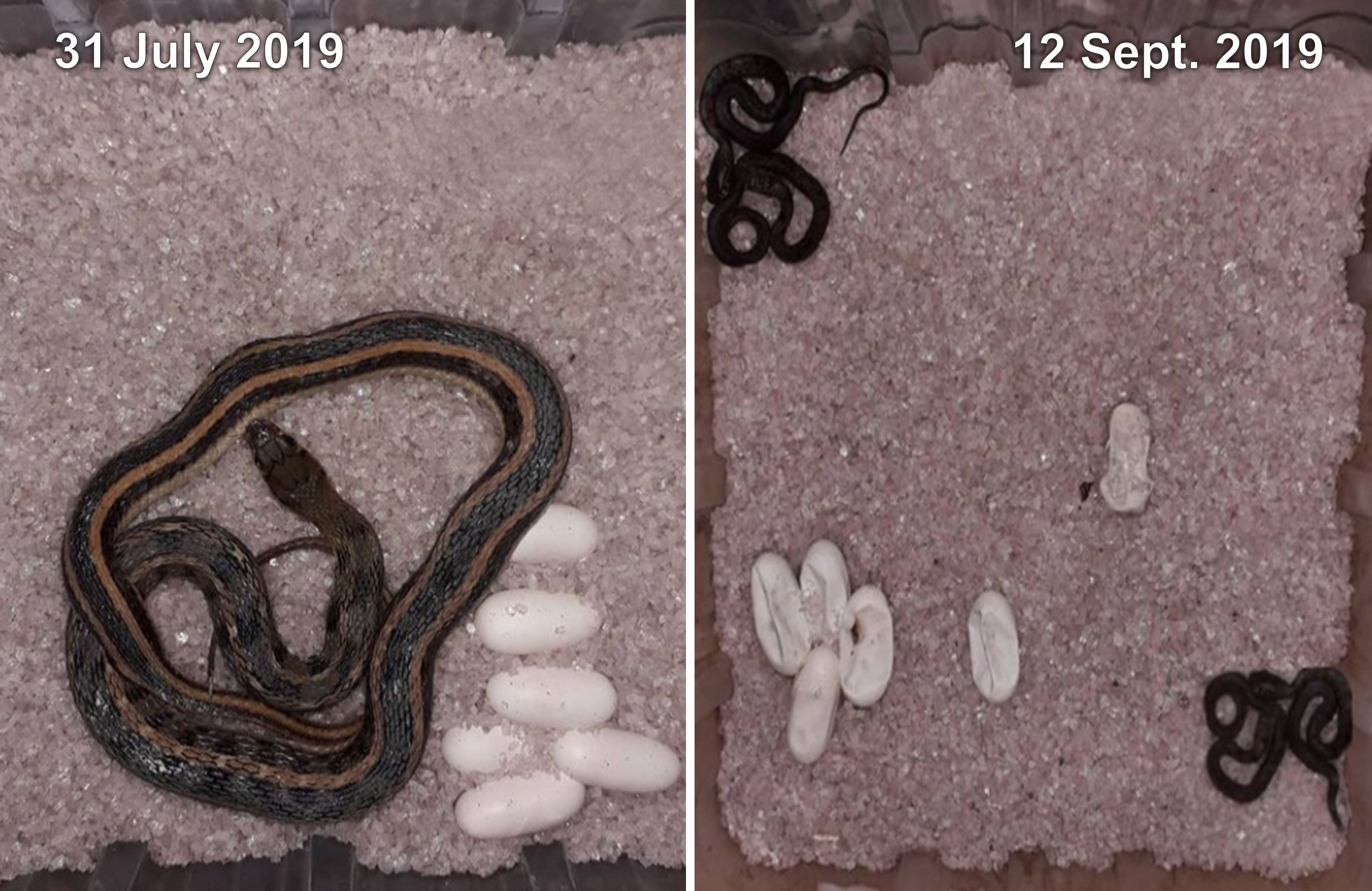
HATCHING EXPERIMENTS
Reptilian eggs are sometimes found while attending calls for wildlife rescue operations. Most of the reptiles, especially snakes do not hatch their eggs unlike birds. They just lay eggs, bury it in the soil or dry leaf debris and leave it to hatch on its own. Our rescuers make attempts to incubate the eggs artificially and release the hatchlings back into the wild. Such small attempts can be supplementary to the larger conservation attempts
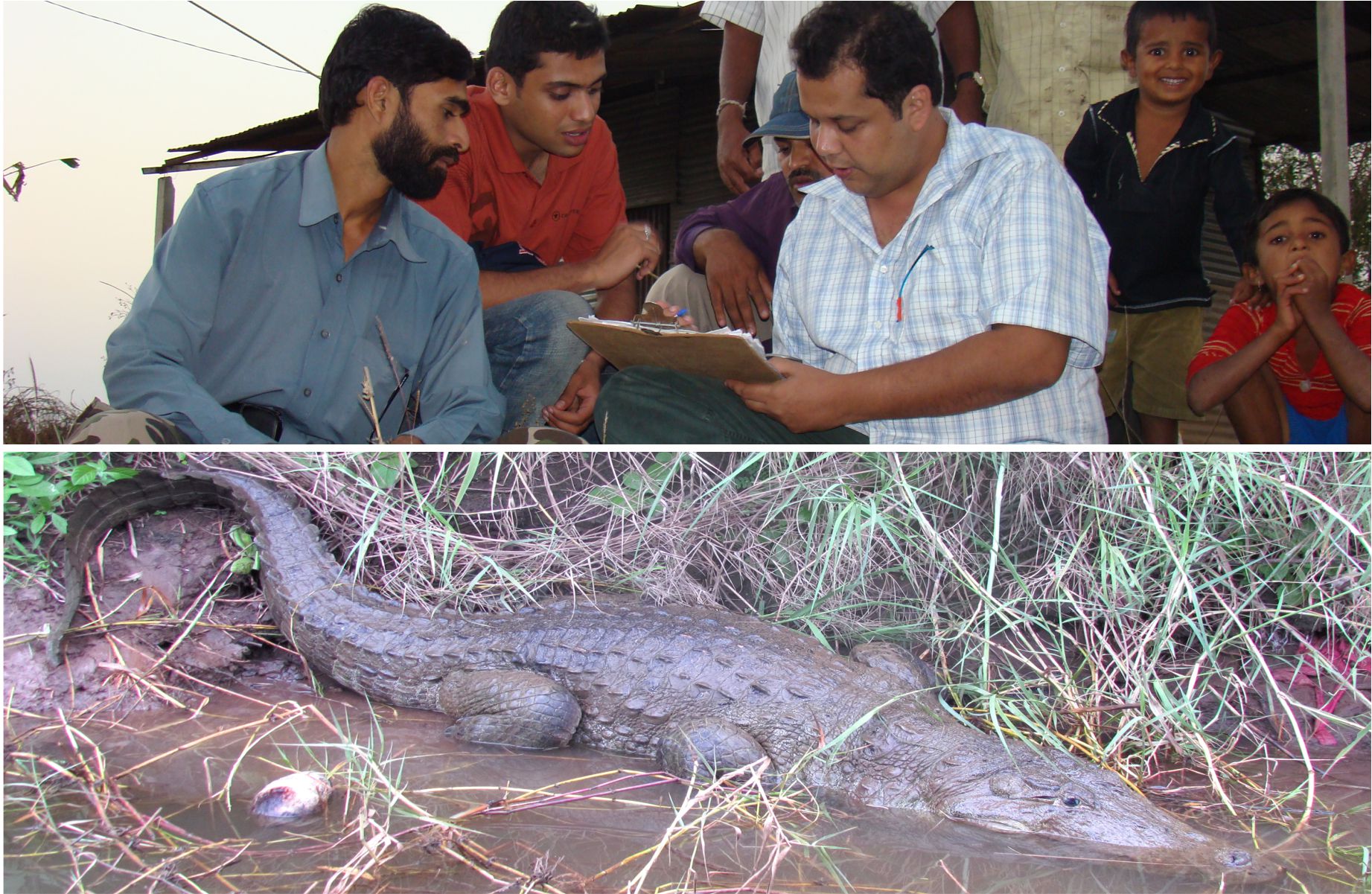
HUMAN-CROCODILE CONFLICT MITIGATION PROJECT
Crocodiles have inhabited Krishna River for centuries. They coexisted with humans living on riverbanks without major conflicts. However, their sightings and attacks on humans as well as livestock have suddenly started increasing in the past few decades. People were so enraged and desperate that they demanded the capture and relocation of all crocodiles in the river, which was obviously an impractical and illogical solution. Hence a research project was executed to find out possible reasons of human-crocodile conflict and conflict mitigation solutions. The project was led by Mr. Nikhil Whitaker, the curator of Madras crocodile bank trust, Chennai. A detailed survey of crocodile habitat and attack sites was done, crocodiles were photographed, victims of crocodile attacks were interviewed, photographs of deceased victims were studied and crocodile scat analysis was done. Following were the major reasons of attacks
1) Human activities: Human encroachment of river banks and activities such as soil mining, sand mining, and pollution had resulted in the loss of basking and nesting sites of crocodiles and their frequent appearance in the human settlement.
2) Mistaken identity: Crocodiles often get confused between a dog or pig standing on the riverbank for drinking water and the ladies washing clothes in the water. Victims are dragged into the water and die due to drowning. Finally, crocodile discards the cadaver of the victim when it realizes that the victim is not its usual prey. Careful observation of photographs of deceased victims showed that none of the victims were actually eaten by crocodiles since the crocs in Krishna river are not accustomed to consuming large animals including humans.
3) Territorial behavior: Crocodiles are possessive about their habitats and any human interference such as destruction of nesting sites, handling of their eggs etc. boosts their aggressive behavior.
4) Conventional practices like skinning the animal carcasses to extract leather on the riverbanks or offering dead animals like dogs to the crocodile, just for fun, attracts them towards easy food sources. Being opportunistic predators, they eventually try their luck by attacking another easy food sources like humans and livestock.
5) Crocodile scat analysis showed the presence of only small animal remains such as fish, crab, mongoose etc. It proves that attacks on humans are rare and accidental since large animals such as humans, buffaloes, or cows are not their usual prey.
These findings were discussed with the local people. It was concluded that avoiding human-crocodile contact by various means such as washing clothes, utensils in the enclosures; building of Dhobi ghats high on the riverbanks; avoiding croc nesting and basking sites; discontinuing wrong human practices that alter crocodile behavior; placing warning signboards at crocodile habitats to make the strangers vigilant were the practical solutions to mitigate the conflict.
